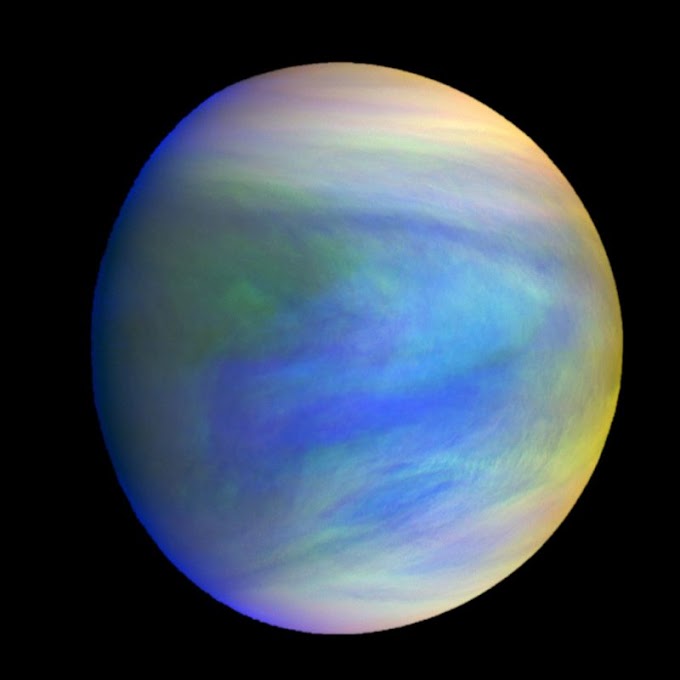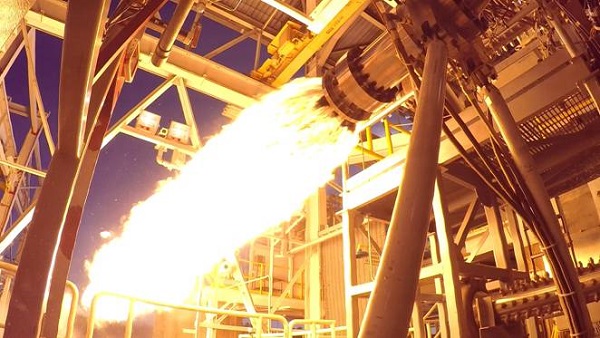Mars Orbiter Mission popularly known as Mangalyaan is a first interplanetary mission to Mars. It was launched on 5 November 2013 by the Indian Space Research Organisation (ISRO). The main aim of this mission was to observe the physical features and martian atmosphere of Mars. MOM was Launched Onboard Polar Satellite Launch Vehicle (PSLV C-25) with 5 instruments to study Mars, it's the atmosphere and to capture the photos of the red planet.
5 PAYLOAD INSTRUMENTS IN MOM
- MCC - Mars Colour Camera
- TIS - Thermal Infrared Imaging Spectrometer
- MSM - Methane Sensor for Mars
- MENCA - Mars Exospheric Neutral Composition Analyser
- LAP - Lyman Alpha Photometer
 |
| Mars Orbiter Mission spacecraft illustration (credit: ISRO) |
Read This: ASTROSAT MISSION
This machine used a liquid engine with the trust of 400 Newton for Orbit raising and insertion into Mars orbit. Also, there were Eight 22 Newton thrusters in the Orbiter. Propellant mass was 852 kg during the launch.
Ex-ISRO Chairman G.Madhavan Nair announced the first public acknowledgement about this mission during the launch of Chandrayaan-1 on 23 November 2008. In 2010 team ISRO started working on this mission and finally, former prime minister Manmohan Singh approved this project on 3 August 2012.
The total cost of this Mission was around ₹450 crores ($73 Million) which is cheaper when compared to the Mars Missions of other Space Agencies like NASA's MAVEN Mars orbiter cost around $672 Million and ESA's Mars Express cost around $329 Million. However, This Mission wasn’t all about saving money. It took some Beautiful Images of Mars and it brought a Pride to India.
 |
| Processing of MOM/Mangalyaan spacecraft at Shriharikota (credit: ISRO) |
Originally ISRO intended to Launch MOM with its Geosynchronous Satellite Launch Vehicle (GSLV), but as it failed twice in 2010 and still had issues with Cryogenic Engine, ISRO opted PSLV for the Launch. Since PSLV was less powerful to Place MOM on a Direct-to-mars Trajectory, it Used some Home Science Techniques and took the Advantage of Oberth Effect to place itself on a Trans-mars-trajectory.
MISSION PROFILE
Launch Mass : 1,337 Kg
Launch Vehicle : PSLV-C25
Type of Satellite : Science and Exploration
Manufacturer : ISRO
Owner : ISRO
Application : Planet Observatory
Orbit Type : Martian






0 Comments